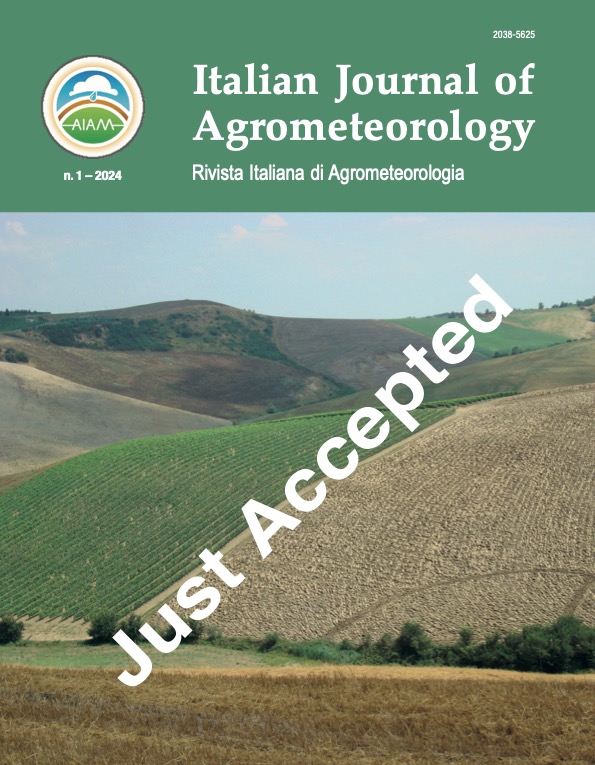(revised October 2020)
The following licence and copyright agreement is valid for any article published by IJAM.
Author’s certification
By submitting the manuscript, the authors certify the following:
- They are authorized by their co-authors to enter into these arrangements.
- The work described has not been published before (except in the form of an abstract or proceedings-type publication – including discussion papers – or as part of a published lecture or thesis); it is not under consideration for publication elsewhere; and its publication has been approved by all the author(s) and by the responsible authorities – tacitly or explicitly – of the institutes where the work was carried out.
- They have secured the right to reproduce any material that has already been published or copyrighted elsewhere.
- They agree to the following licence and copyright agreement:
Copyright
- The copyright of any article is retained by the author(s). More information on the transfer of copyright can be found below.
- Authors grant our journals a licence to publish the article and identify itself as the original publisher.
- Authors grant any third party the right to use the article freely under the stipulation that the original authors are given credit and the appropriate citation details are mentioned.
- The article is distributed under the Creative Commons Attribution 4.0 License. Unless otherwise stated, associated published material is distributed under the same licence.
Creative Commons Attribution 4.0 License
Anyone is free to share — to copy, distribute, and transmit the work to remix — to adapt the work under the following conditions:
- Attribution — The original authors must be given credit.
- For any reuse or distribution, it must be made clear to others what the licence terms of this work are.
- Any of these conditions can be waived if the copyright holders give permission.
- Nothing in this licence impairs or restricts the author’s moral rights. The full legal code of this licence.



